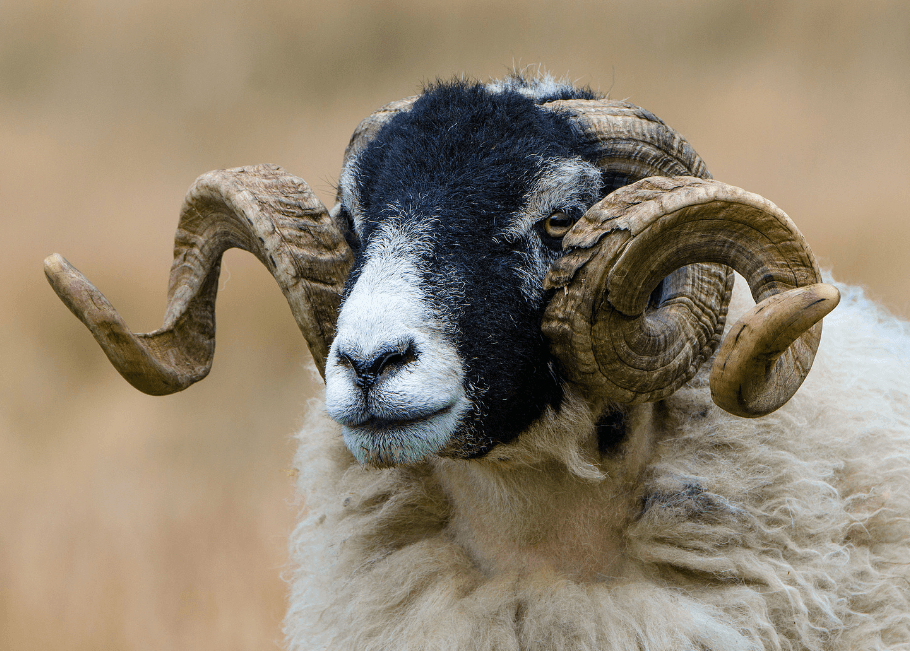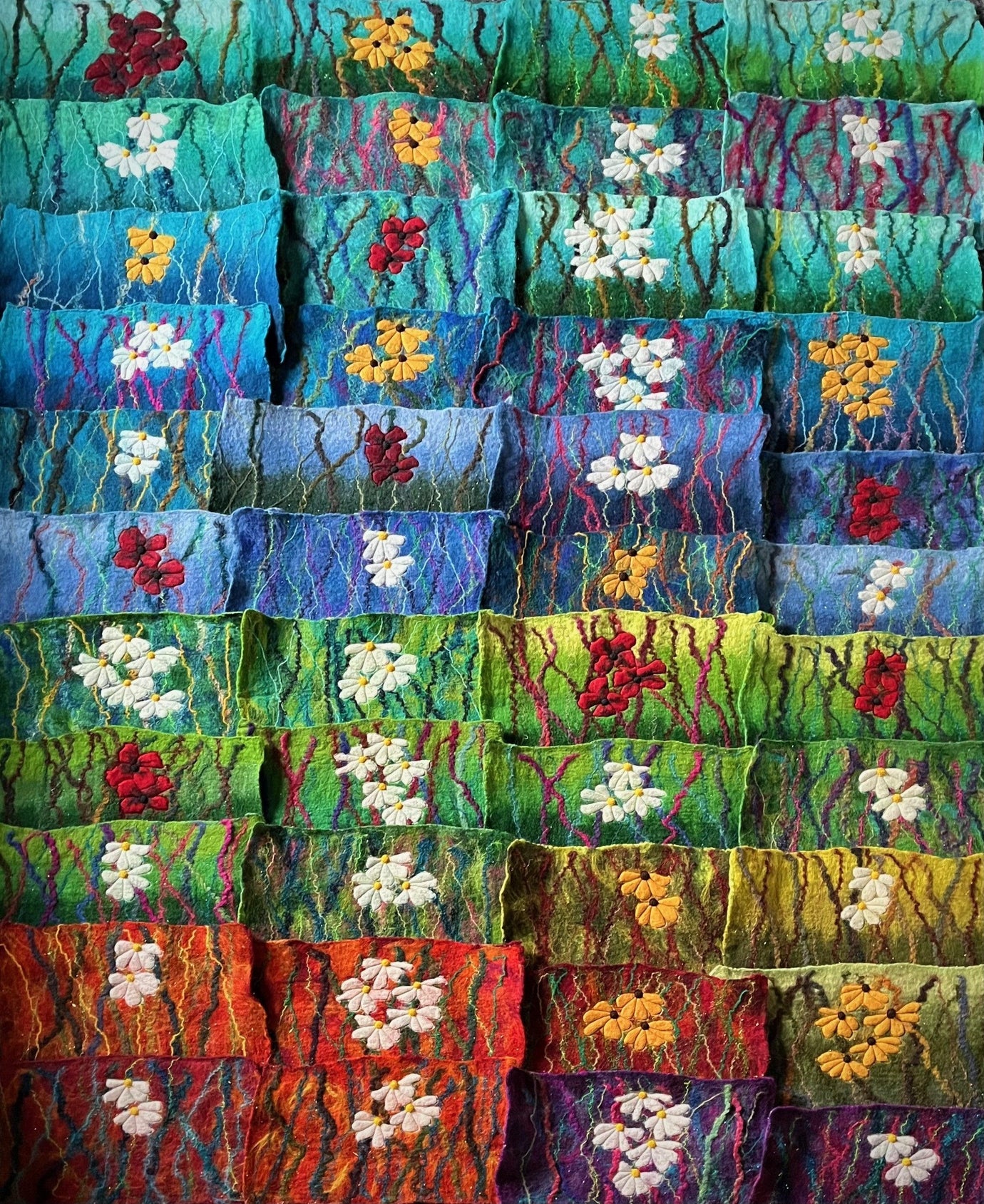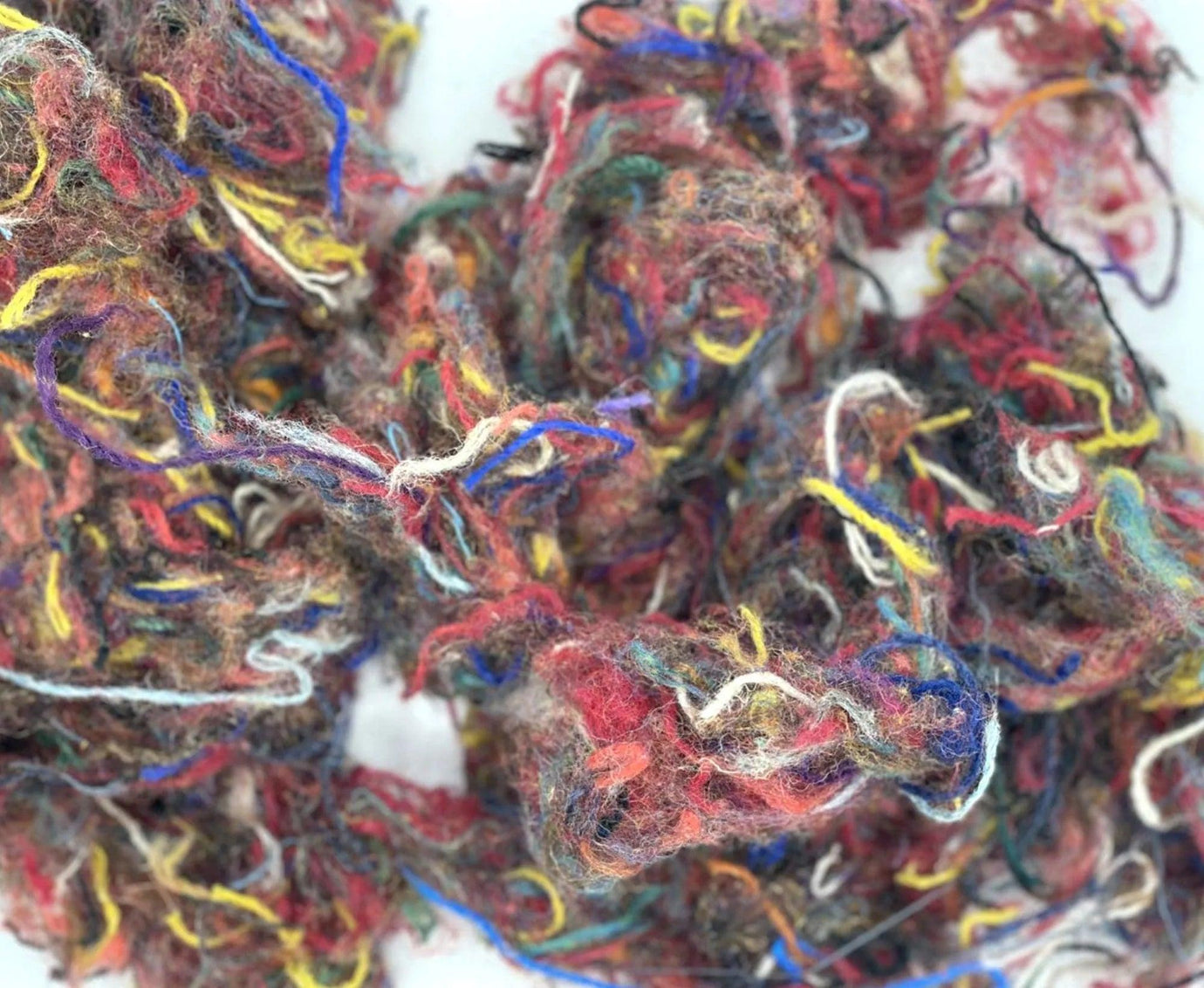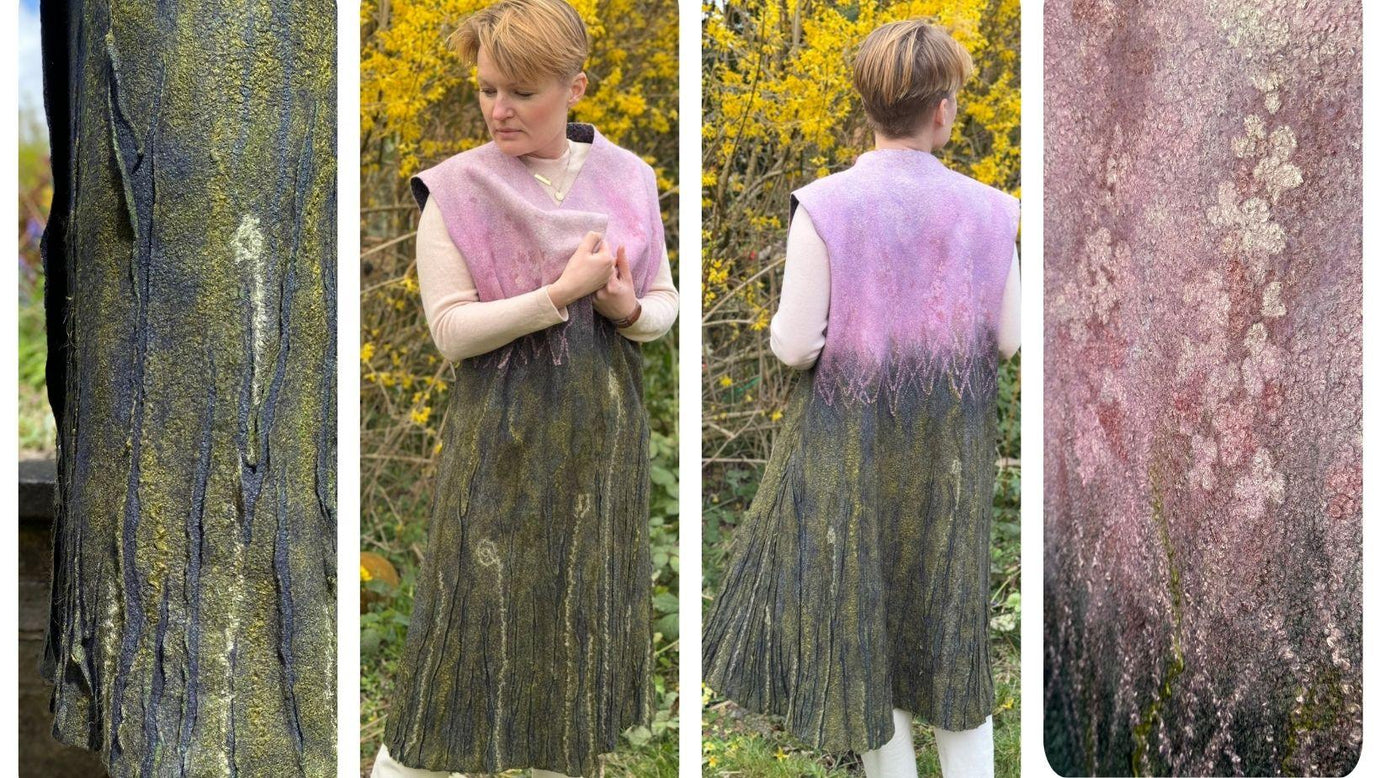Wools of the UK: Swaledale

A striking sheep from right here in Yorkshire which has had a hand (or hoof) in the creation of other popular breeds.
Colour
Swaledales have off-white and very distinctive facial markings; white circles around their eyes and a white muzzle. They have kemp in their fleeces which gives them a light grey shade when processed into tops. As the sheep age their black faces belong more grey/
Staple Length
100 – 200mm
Micron Count
35 – 45mic, so not something you would necessarily want to wear against your skin, but something that wears well and can be used blended with other fibres.
Country of Origin
England, specifically the Swaledale valley in Yorkshire. They can be found across the Yorkshire Dales and in other high areas such as the Pennines.
History
The Swaledale has been around so long that their origins aren’t clear, however there have been records of this sheep in the 1700s. It is thought that this breed (and some other similar hill breeds) could be descended from a breed known as the ‘Linton’ which was documented as early as the 1600s. The breeder’s association was formed in 1919 and produced a breed standard which has helped to maintain the hardy characteristics of this breed. This breed has helped to create the North of England Mule by crossing with a Blue faced Leicester. It can also be used to create the Masham by putting a Swaledale ewe to a Teeswater ram.
Uses
The wool of the Swaledale has been used mostly in the manufacture of carpets as it is tough and durable (much like the sheep), however it does have uses in crafting, and can be used for needle felting, wet felting and spinning. If you’re looking for a hard-wearing, winter sock then Swaledale could be just the fibre you need!
Did you know… Both the ewes and the rams have horns, so you can’t use that attribute to try to tell them apart!
Link to website
You can find our Swaledale tops online here






